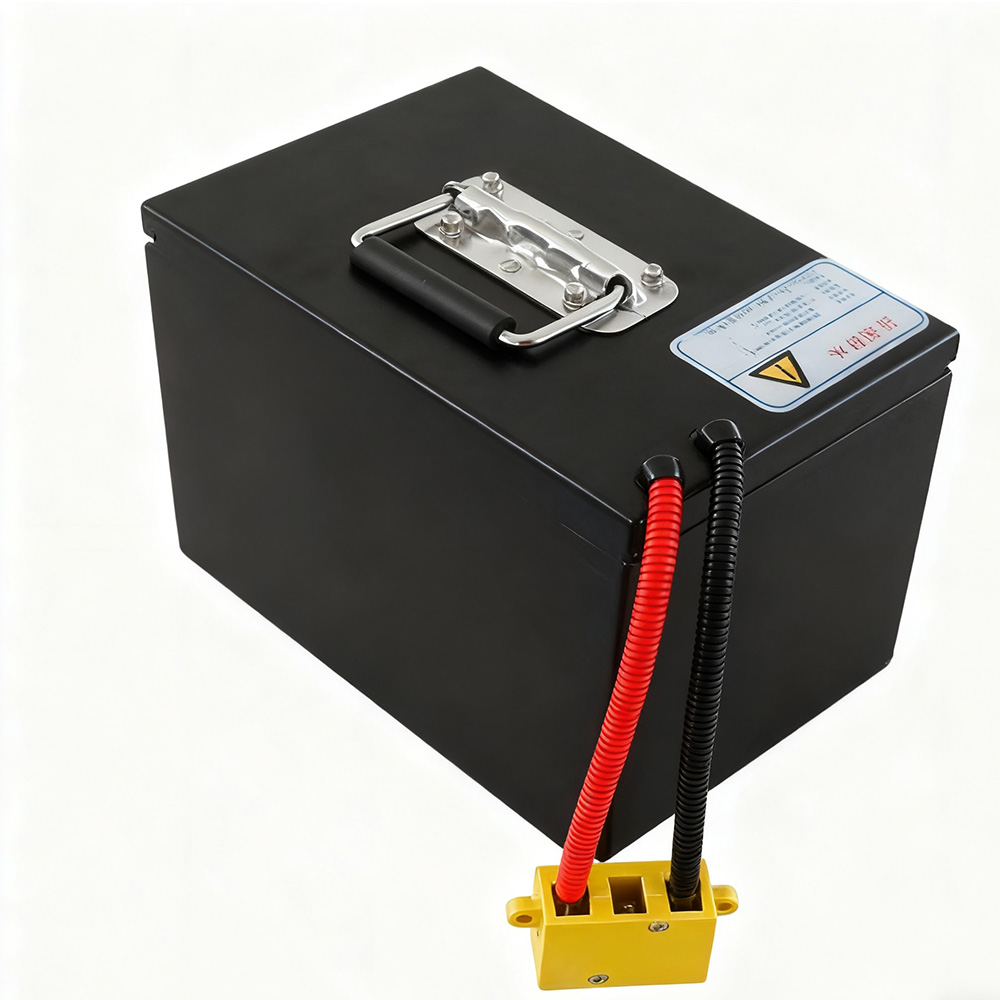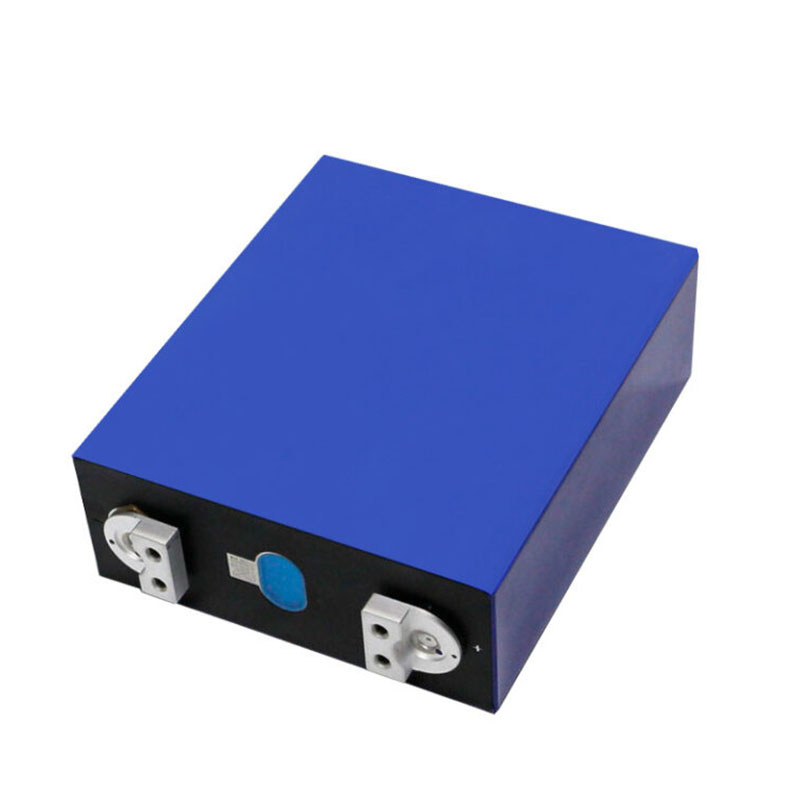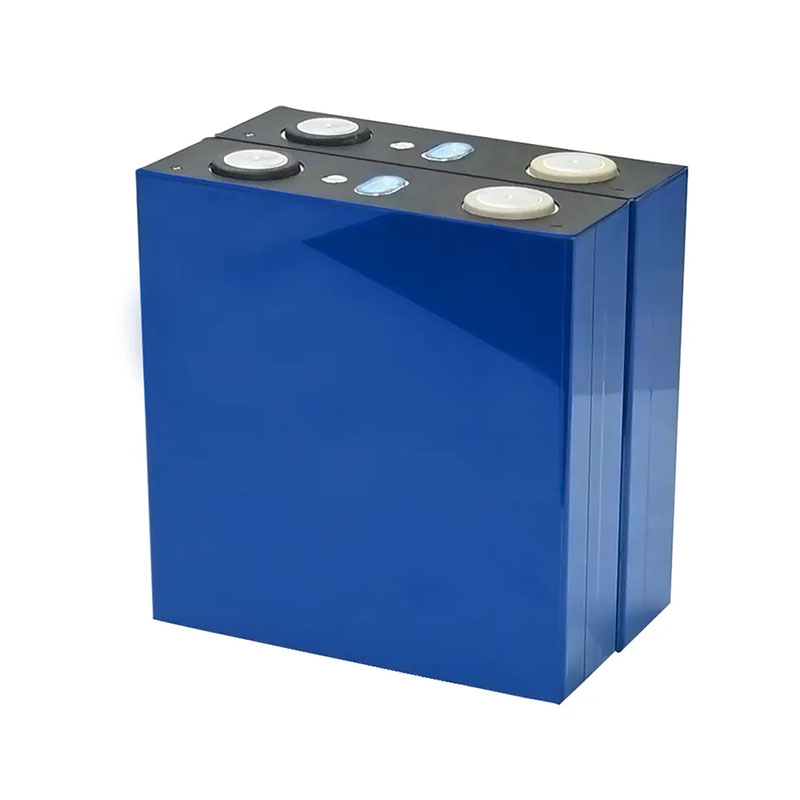Blog
Explore the Power of Lithium Innovation
Stay updated with the latest trends, technologies, and application insights in the world of lithium battery solutions
Search the whole station
Explore the Power of Lithium Innovation
Stay updated with the latest trends, technologies, and application insights in the world of lithium battery solutions
The lithium iron phosphate (LiFePO4) battery, also called the LiFePO4 lithium-ion battery, uses LiFePO4 as the positive electrode material and graphite as the negative electrode material. It has a single-cell rated voltage of 3.2V, with a charging cut-off voltage between 3.6V and 3.65V.
Among lithium batteries, LiFePO4 batteries are highly safe, environmentally friendly, long-lasting, and capable of high discharge rates, making them ideal for a wide range of applications.
Lithium Iron Phosphate (LiFePO4) serves as the positive electrode. Iron ions (Fe³⁺) are fixed within the crystal lattice. During charging, lithium ions (Li⁺) are extracted from the positive electrode and embedded into the negative electrode. During discharging, lithium ions return to the LiFePO4 structure.
Graphite is used as the negative electrode. Its structure can store and release lithium ions. During charging, lithium ions move from the positive electrode to the negative electrode through the electrolyte, embedding into the graphite. During discharging, the lithium ions leave the graphite and return to the positive electrode.
The electrolyte, usually an organic solution or polymer film, allows lithium ions to move between electrodes during charge and discharge.
The separator prevents direct contact between positive and negative electrodes, avoiding short circuits.
In detail, during charging, Li⁺ migrates from the (010) surface of LiFePO4 crystals, passes into the electrolyte under an electric field, traverses the separator, reaches graphene on the negative electrode, and embeds into the lattice. Electrons flow through the conductive materials to balance the charge.
During discharging, Li⁺ de-intercalates from graphite, travels through the separator to LiFePO4, while electrons move through the external circuit to the positive electrode.
LiFePO4 batteries are well-suited for large-scale energy storage, including:
These batteries show promising prospects due to their safety, long lifespan, and environmental benefits, making them a leading choice for modern energy storage solutions.

48V LiFePO4 Battery with 46.5Ah–100Ah options. Up to 2000 cycles, wide temperature range (-20°C~60°C), IoT GPS smart features, and 3-year warranty. Perfect for e-bikes, electric vehicles, and home energy storage.

wholesale 3.2V 280Ah LiFePO4 lithium iron phosphate battery cells by Apsen Technology. Durable prismatic design with explosion-proof valve, ideal for EVs, solar storage, and industrial applications.

Buy wholesale 3.2V 80Ah LiFePO4 lithium iron phosphate battery cells by Apsen Technology. Safe, long-lasting prismatic cells ideal for electric vehicles, renewable energy storage, backup power, and industrial equipment.

wholesale 3.2V 160Ah LiFePO4 battery cells by Apsen Technology. Durable, safe, and long-lasting lithium iron phosphate cells with low internal resistance, ideal for electric vehicles, solar energy storage, and home backup power systems.

Wholesale 10KWh Power Wall from Apsen Technology — a reliable, high-capacity 48V 200Ah lithium iron phosphate battery with over 6000 cycles. Perfect for home solar storage, communication base stations, and energy backup. Customizable, safe, and efficient.

Buy high-quality 5KWh Power Wall mounted solar batteries with 48V 100Ah capacity. Featuring Grade A lithium iron phosphate cells, BMS protection, and over 6000 cycles lifespan. Ideal for home photovoltaic energy storage and communication base stations. OEM & wholesale options available.
Explore the groundbreaking field of quantum batteries, from Indefinite Causal Order charging breakthroughs to potential applications in renewable energy and electric vehicles. Learn about the challenges of bringing this technology from lab to market.
View detailseverything about 12V LiFePO4 batteries — from their 4-cell composition, BMS protection, charging voltage, and DIY assembly tips to real-world applications in UPS, solar energy, and electric vehicles. Practical guide for reliable, long-lasting power.
View detailsDiscover how home battery storage helps households save money, use renewable energy efficiently, and stay powered during outages.
View detailsI’ve tested countless 18650 cells, and the ICR 18650 2200mAh remains one of the most dependable for flashlights, portable fans, and DIY builds. Here’s what makes it worth buying — and how to avoid fake or recycled cells.
View details
HelloPlease log in